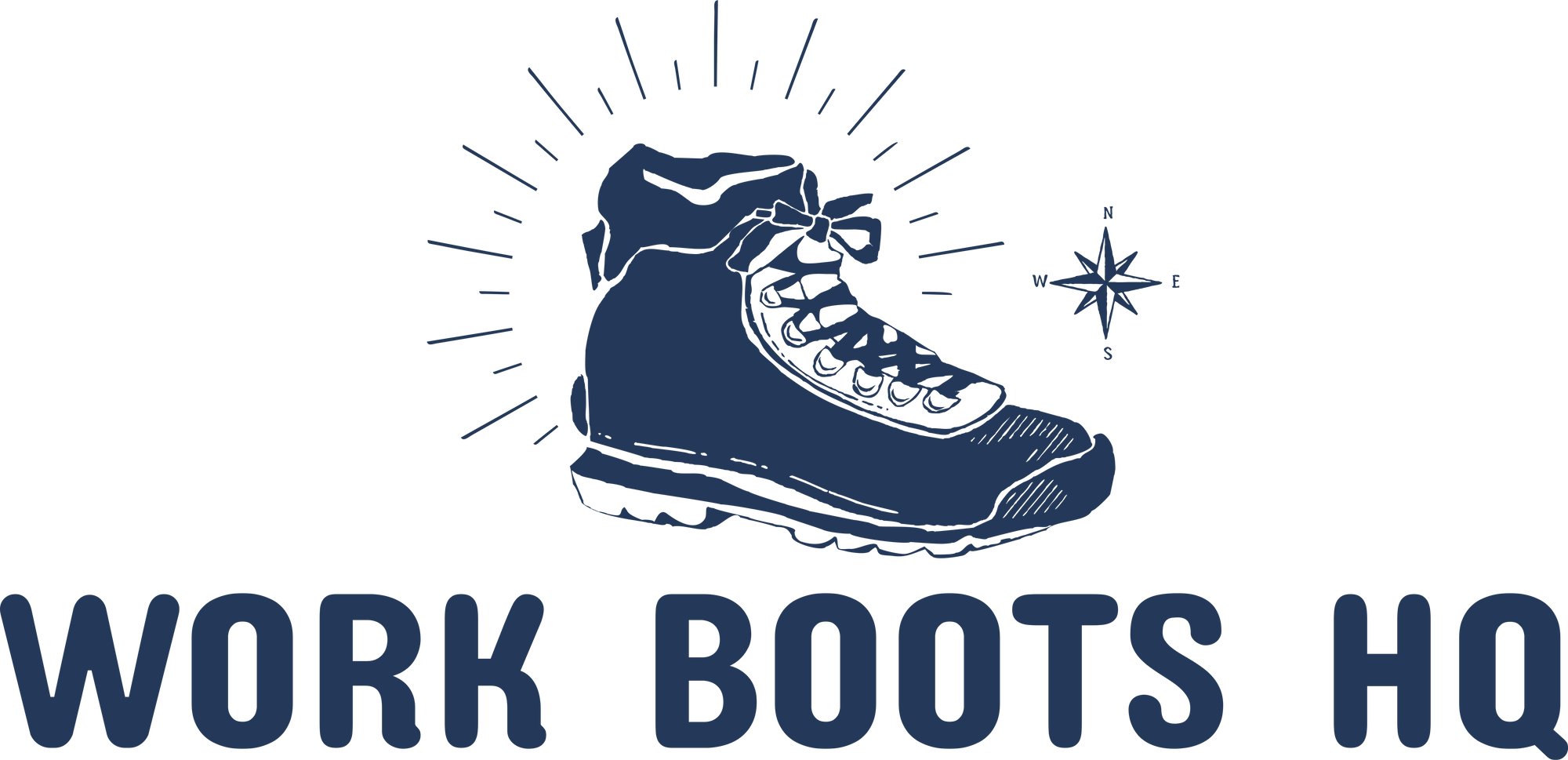
This post may contain affiliate links which means I may receive a commission for purchases made through links. Learn more on my Private Policy page.
How to Create a Strong Password That You’ll Never Forget
In the age of digital technology, securing your online accounts is crucial to protecting your personal information and privacy. And one of the most effective ways to do this is by creating a strong password that you’ll never forget. The days of using the same password, such as “password1234” or “qwerty,” are long gone. So, let’s explore how you can create a secure and memorable password that can withstand hacking attempts.
Why Having a Strong Password Matters
Nowadays, we have so much of our personal information stored online, from social media accounts, financial institutions, work files, and mailboxes. As a result, the risk of our data falling into the wrong hands has never been greater. Hackers are becoming increasingly sophisticated in their methods to crack passwords or use information from data breaches to gain unauthorized access to accounts.
With a weak or easily guessable password, the risk of cyberattacks such as identity theft, ransomware, or financial fraud can severely impact your life. Having a strong password is your first line of defense against these malicious attacks, so let’s dive into the steps for creating a robust password that you’ll never forget.
The Ingredients of a Strong Password
Let’s start with what a strong password should include so that it can withstand breaches and hacking attempts.
Length and Complexity
The first ingredient is length. A longer password is naturally more challenging to crack than a shorter one. Aim for at least 12 characters in your password. Of course, if you want to go for more characters (such as 16 or even 20), it’s even better. Keep in mind that the length is essential, but so is the variation of characters.
Create a password that is not easily guessable but includes a combination of uppercase and lowercase letters, numbers, and special symbols.
Unpredictable and Unique
Make sure your password cannot be easily guessed based on your personal details, interests, or social media activity. Avoid using names, usernames, dates of birth, or places that people who know you could easily deduce.
Avoid Common Mistakes
Every year, cybersecurity experts publish a list of the most commonly used passwords. You must avoid these types of passwords, as they’re the first ones hackers will try.
Some examples of weak passwords include:
– 123456
– 123456789
– password
– qwerty
– abc123
Avoid sequential patterns, common words, or passwords that can easily be found in a dictionary.
Creating a Memorable Password
Now that we know the ingredients of a strong password, let’s create a password strategy that you’ll never forget.
Use a Passphrase
A passphrase is a combination of several words, which can be a very effective way to create a strong and memorable password. You can use nonsensical phrases, unique combinations, or even something that only you would know.
For example:
– UnconventionalSkyHamburger
– 18IceCreamAllowed
– BrickZealousDragonfly33
Using a passphrase can make it easier to remember your password and can still provide strong security against hackers.
Use Acronyms or Initialism
Another technique is using acronyms or initialism based on your favorite song lyrics, movie quotes, or even a line from a book. This way, you create a strong password that is unique to you and not easily guessable by hackers.
For example, you can take a line from a song like “Somewhere over the rainbow, skies are blue, and the dreams that you dare to dream really do come true.” You can turn it into an acronym: SotR$s@b&tDtYDTD&CTR$
Simply use the first letter of each word, replace some letters with numbers or symbols, and maintain capitalization.
Use Leet Speak or 1337
Leet speak is a technique of replacing letters with numbers or special characters that look similar. This method can help increase the complexity of your password while still remaining memorable.
For example:
– P@ssw0rd!
– H3ll0W0rld
– Tr0ub4dor&3
Combining leet speak with a passphrase or acronym can create a very strong password that you’ll remember.
Create a Personal Algorithm
Another approach is creating a personal algorithm to generate strong and unique passwords for each site or service you use, while still being able to remember them easily.
An example algorithm can be as follows:
1. Take the first three letters of the website or service (e.g., Ama for Amazon, Fac for Facebook).
2. Add a fixed sequence of numbers (e.g., 987).
3. Add the first three letters again, but reversed (e.g., amA for Amazon, caF for Facebook).
4. Select a special character to end the password (e.g., !).
The resulting passwords would be:
– Ama987amA!
– Fac987caF!
Remember to make your algorithm as complex as possible without compromising its memorability.
Password Management Tools
Although these techniques can help you create and remember strong passwords, it’s essential to use password manager tools, such as LastPass, Dashlane, or 1Password, to store and generate unique passwords for each of your online accounts. These tools can help you maintain strong security without having to memorize multiple complex passwords.
Final Reminders
Creating a strong password is crucial, but it’s not the only step in maintaining online security. Ensure to follow additional best practices, such as enabling 2-factor authentication (2FA) on your accounts, keeping your software and devices up to date, and avoiding phishing schemes.
By following these guidelines and continuously being proactive with your online security, you will significantly reduce the risks of falling victim to cyberattacks.







